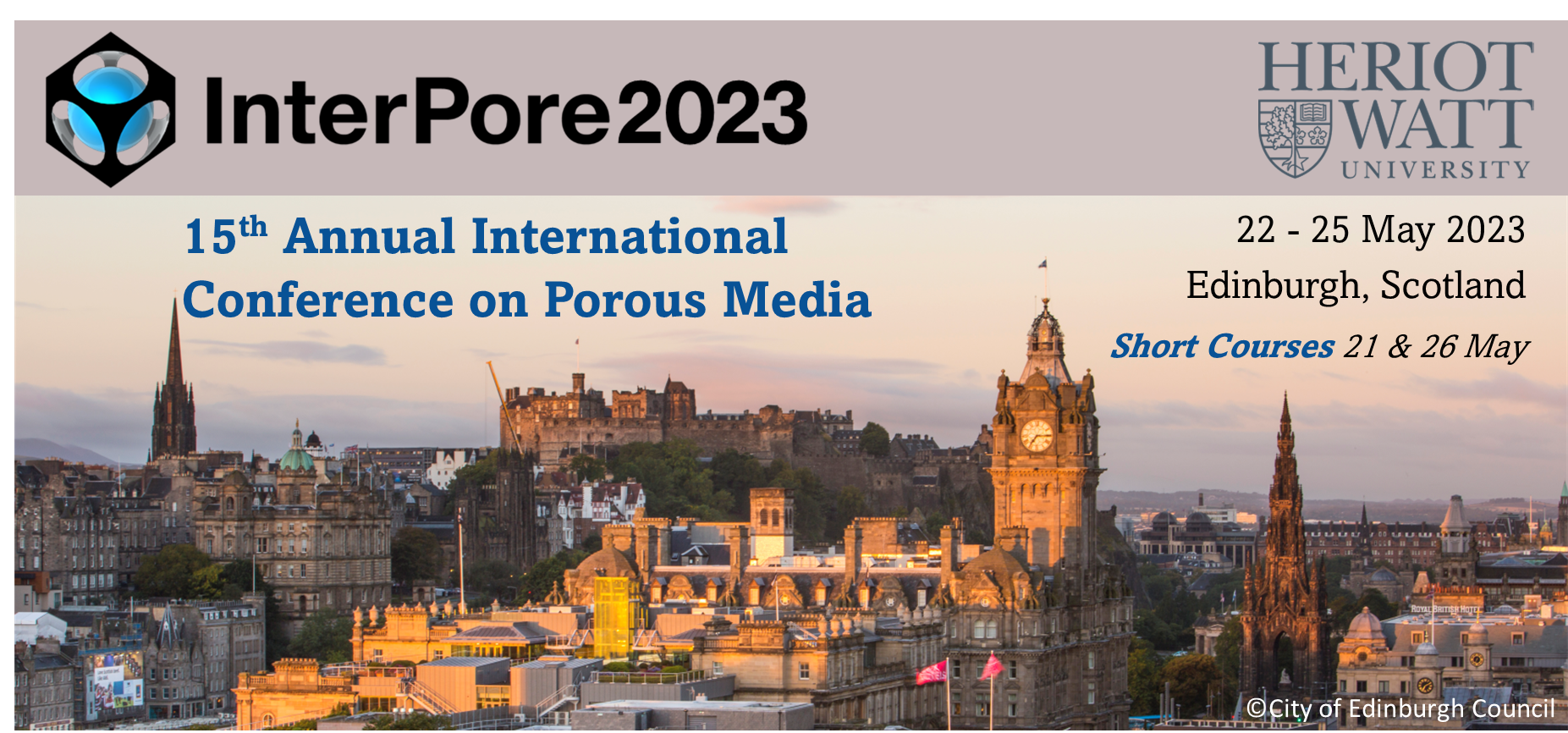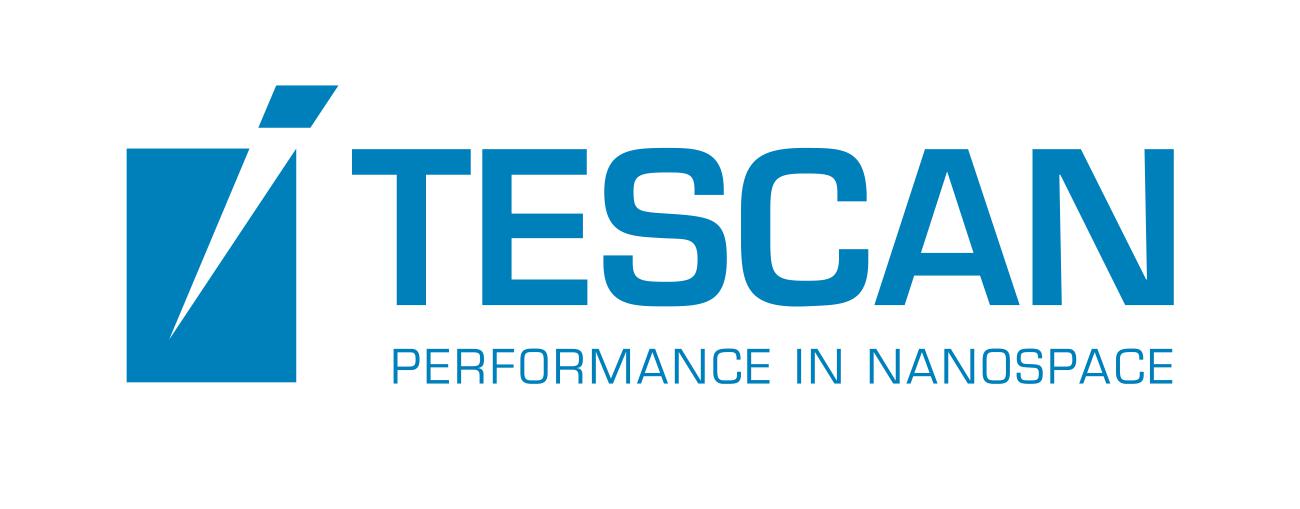Speaker
Description
Two-phase transport plays a major role to improve peak power density at low Pt loading in polymer electrolyte membrane fuel cells (PEMFCs). In this regard, optimization of thin porous media of the membrane electrode assembly (MEA) plays an important role to alleviate cathode flooding for enhanced oxygen diffusivity, while maintaining good membrane hydration for high ionic conductivity [1]. In this work, the effect of surface crack density of the microporous layer (MPL) on phase change transport is examined by means of a hybrid, multiscale model, which combines continuum and pore network formulations [2-4]. Capillary transport of liquid water driven by phase change is tracked with a discrete invasion-percolation (IP) algorithm, while a standard steady-state continuum solver is used to determine the remaining variables (gas species, dissolved water in the membrane, electronic and ionic potentials, temperature and flow). The coupling of continuum and discrete formulations is accomplished through the incorporation of a control volume (CV) mesh (accounting for heterogeneous effective transport properties) into the continuum-based cell grid. Spatial variations of effective diffusivity, absolute permeability, effective thermal and electrical conductivities and entry capillary pressure are considered. Phase change of water is assumed infinitely fast compared with other transport processes in the MEA (thermodynamic equilibrium), so that condensation/evaporation is governed by the interplay between molecular diffusion of water vapor and IP of liquid water clusters [5]. Therefore, in the quasi-steady-state model, the relative humidity (RH) distribution in the MEA that arises from finite gas diffusion determines the phase change rate of water clusters, which drives the growth/shrinkage of clusters through the path of minimum capillary resistance. The re-distribution of liquid water during instantaneous IP events in turn modifies the RH distribution. The numerical scheme is stopped when the number of wet CVs does not change anymore because water clusters either reach the channel or approach a nearly zero phase change rate. The interaction between the hierarchical pore structure of the MEA and operating RH and temperature is discussed, with a focus on the effect of MPL crack density.
References
[1] P.A. García-Salaberri, General aspects in the modeling of fuel cells: from conventional fuel cells to nano fuel cells, in Nanotechnology in Fuel Cells, 77-121, 2022.
[2] P.A. García-Salaberri, Effect of thickness and outlet area fraction of macroporous gas diffusion layers on oxygen transport resistance in water injection simulations, Transport in Porous Media 145 (2022) 413-440.
[3] D. Zapardiel, P.A. García-Salaberri, Modeling the interplay between water capillary transport and species diffusion in gas diffusion layers of proton exchange fuel cells using a hybrid computational fluid dynamics formulation, Journal of Power Sources 520 (2022) 230735.
[4] P.A. García-Salaberri, Modeling diffusion and convection in thin porous transport layers using a composite continuum-network model: Application to gas diffusion layers in polymer electrolyte fuel cells, International Journal of Heat and Mass Transfer 167 (2021) 120824.
[5] P. Carrere, M. Prat, Liquid water in cathode gas diffusion layers of PEM fuel cells: Identification of various pore filling regimes from pore network simulations, International Journal of Heat and Mass Transfer 129 (2019) 1043-1056.
| Participation | In-Person |
|---|---|
| Country | Spain |
| Energy Transition Focused Abstracts | This abstract is related to Energy Transition |
| MDPI Energies Student Poster Award | No, do not submit my presenation for the student posters award. |
| Acceptance of the Terms & Conditions | Click here to agree |







